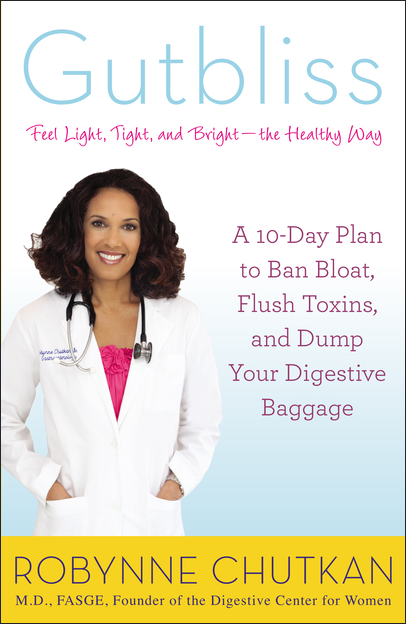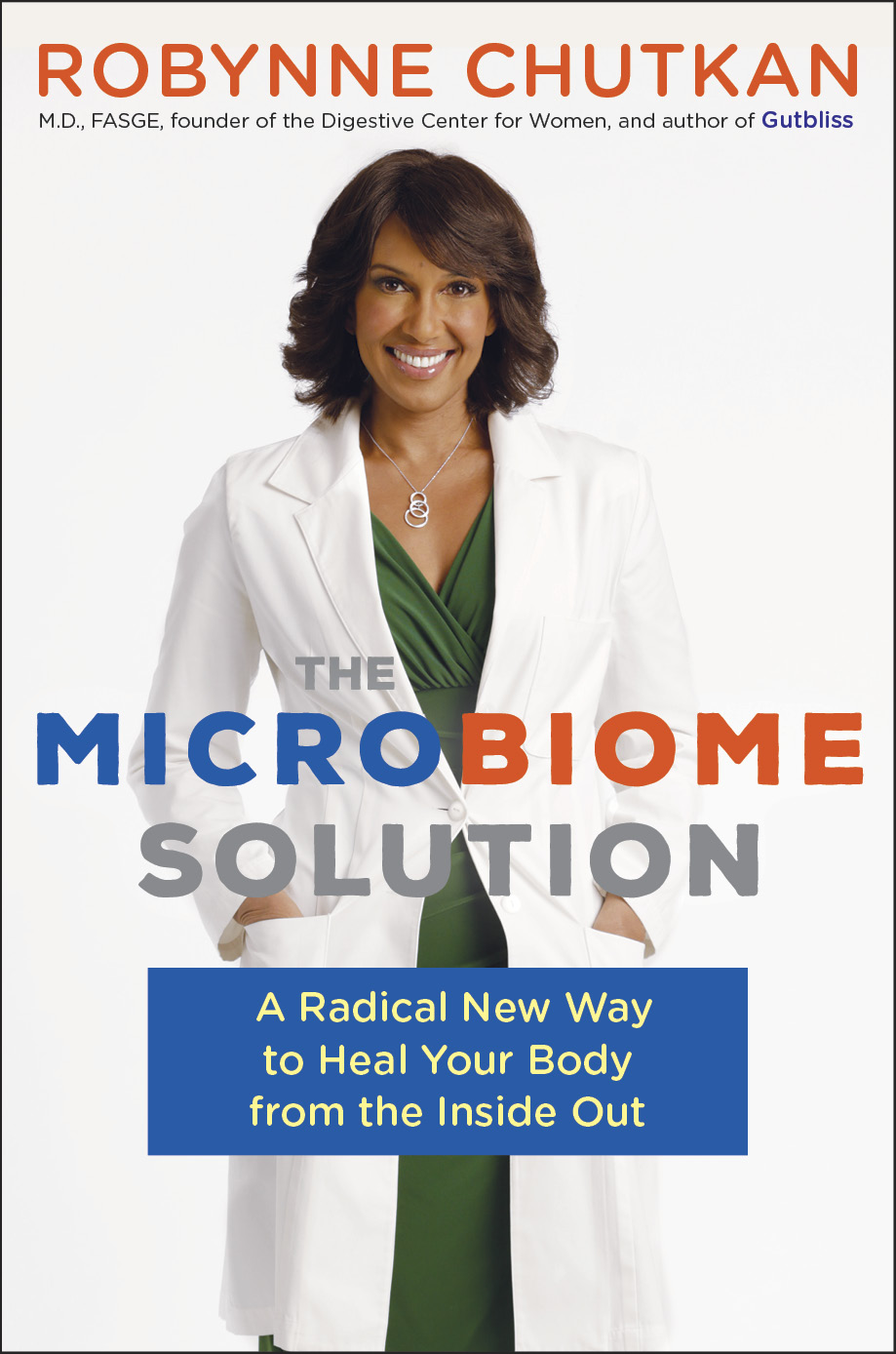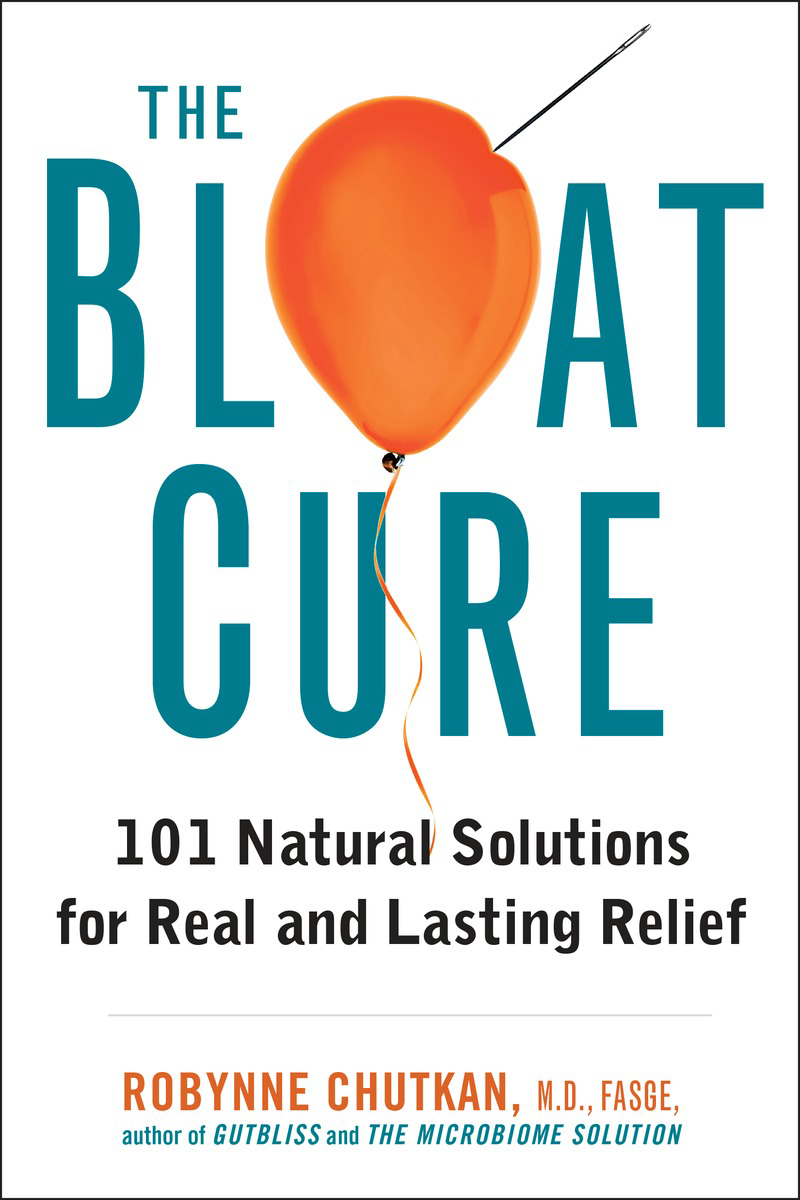The demand for high protein foods is rising, with almost three fourths of consumers reporting they aim to increase their protein intake in 2025. In 2024, 20% of Americans reported following a high protein diet, compared to 4% 5 years prior. What’s driving this demand? A lot of it stems from social media. Influencers and brands are taking advantage of the platforms and hitting consumers hard with high-protein messaging. The push is definitely there, but should we be paying attention to it? When we examine it in the context of the gut microbiome, aging, and longevity, the short answer is “probably not”, and here’s why.
As a gut-health focused resource we are concerned about the negative impact a high protein diet can have on the gut microbiome; keeping in mind that the health of the microbiome is directly associated with overall health, disease risk, and longevity. The problem here is not just the high protein content but rather, the fellow traveler of what’s missing from most of those diets. High protein diets are usually very low in dietary fiber. There’s only so much room on your plate, and if most of it is taken up by protein, that doesn’t leave much space for fiber – arguably the most important dietary ingredient for cultivating a healthy microbiome based on data from the American Gut Project study and others. A low fiber diet is a fast track to microbiome imbalance known as dysbiosis, which is consistently associated with increased disease risk and accelerated aging.
In addition to gut health concerns, there are lots of other longevity and health reasons to avoid a high protein diet.
–Protein activates mTOR (mechanism Target of Rapamycin – a pathway that regulates cell growth and metabolism). Regular mTOR activation over a long period of time accelerates aging and cancer and is linked to shortened lifespan in animal studies. Studies show that inhibiting the mTOR pathway through protein restriction is linked to increased lifespan.
–Dietary protein raises IGF-1 levels (insulin-like growth factor 1, which promotes growth), and the increase is more evident when animal sources of protein are consumed. In adults who have completed growth, elevated IGF-1 levels are linked to increased cancer risk and reduced longevity.
–Nitrogenous waste products (a byproduct of metabolizing excessive protein) put stress on kidney and liver function and can impair these organs over time, especially in aging individuals.
–High protein diets reduce autophagy, the body’s process of cleaning out damaged cells and proteins, because it sends messages to the body that plenty of nutrients are available. This causes an excess of cellular damage to remain in the body, which contributes to aging.
If your goal is to lower your disease risk or to live a longer, healthier life, we don’t recommend a high protein diet. Instead, focus on a healthy, moderate level of protein intake. In the general adult population, daily protein recommendations are between 0.8 and 1 gram of protein per kilogram of body weight. For a 130-pound woman, that would be about 47 grams of protein per day. For a 180-pound man, around 65 grams of protein per day. What does that look like in terms of actual food? Here are some examples:
| Food | Grams of Protein |
| ½ cup beans/lentils | 7 to 8 grams |
| 1-ounce hemp seeds | 9.5 grams |
| 1-ounce pumpkin seeds | 8.5 grams |
| 1-ounce cashews, peanuts, almonds, or pistachios | 6 to 7 grams |
| ¾ cup tempeh | 13 grams |
| ½ cup quinoa (cooked) | 4.5 grams |
| ½ cup brown rice or oats (cooked) | 3 grams |
| ½ cup broccoli, brussels sprouts, or sweet potatoes (cooked) | 2 grams |
| 1 large egg | 6 grams |
| 3 ounces chicken breast (cooked) | 26 grams |
| 3 ounces salmon (cooked) | 22 grams |
While these numbers are recommendations, another great way to gauge your proper protein intake is to listen to your body. If you’ve ever adopted a high protein diet, you’ve probably noticed big changes in the bathroom. Bowel movements become difficult to pass, and stool is stingy, hard, and sometimes pebble-like – signs that your body needs more fiber! Lowering your protein intake to a more moderate level and adding in unprocessed fiber like beans and lentils (that also contain lots of plant protein) could mean a longer, healthier life – and a much easier time in the bathroom!







